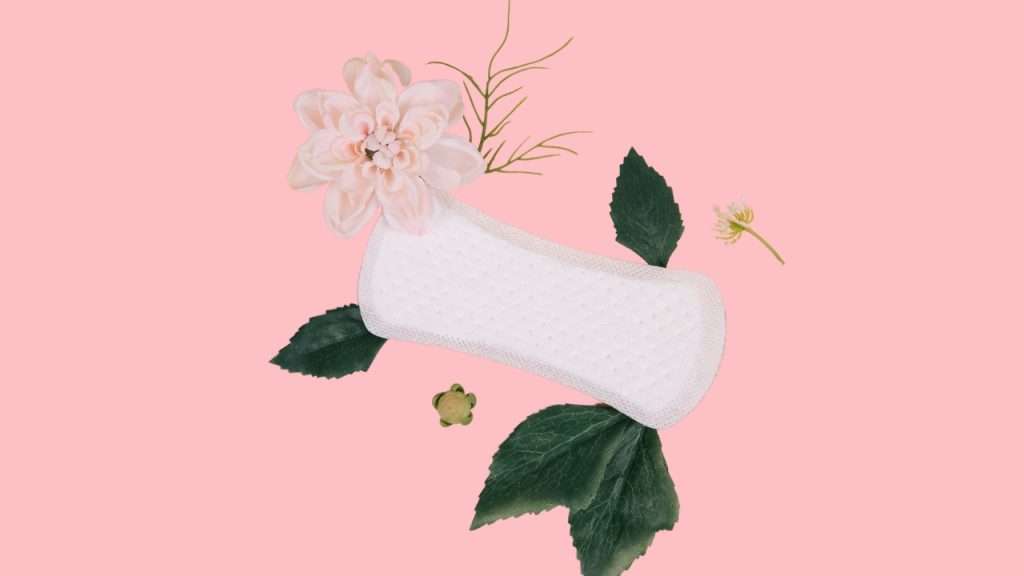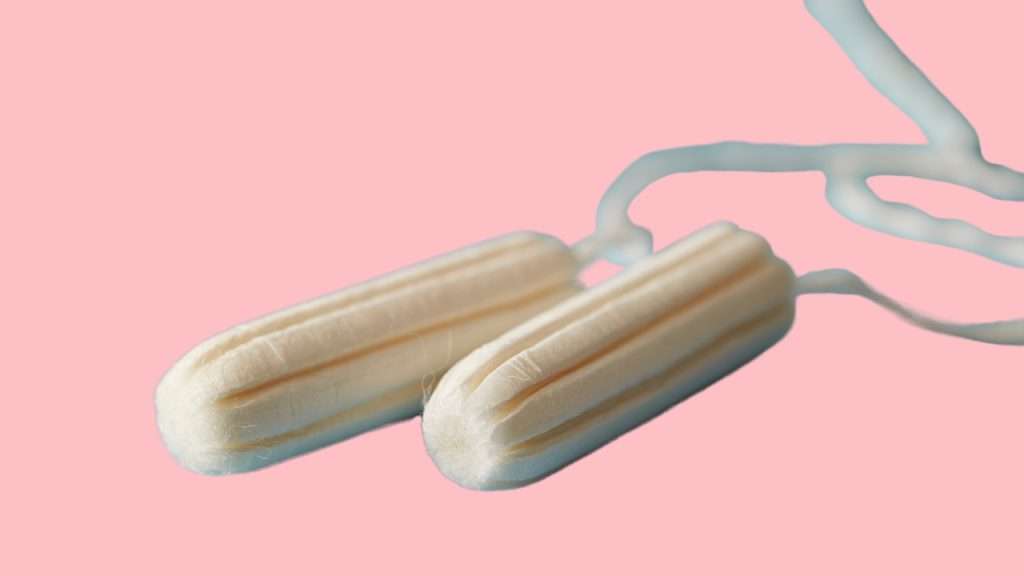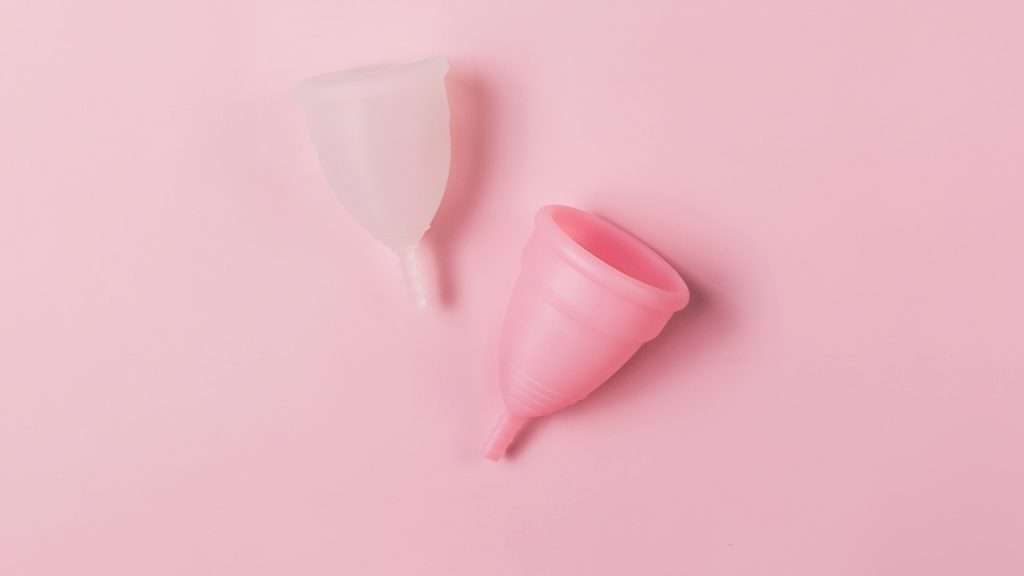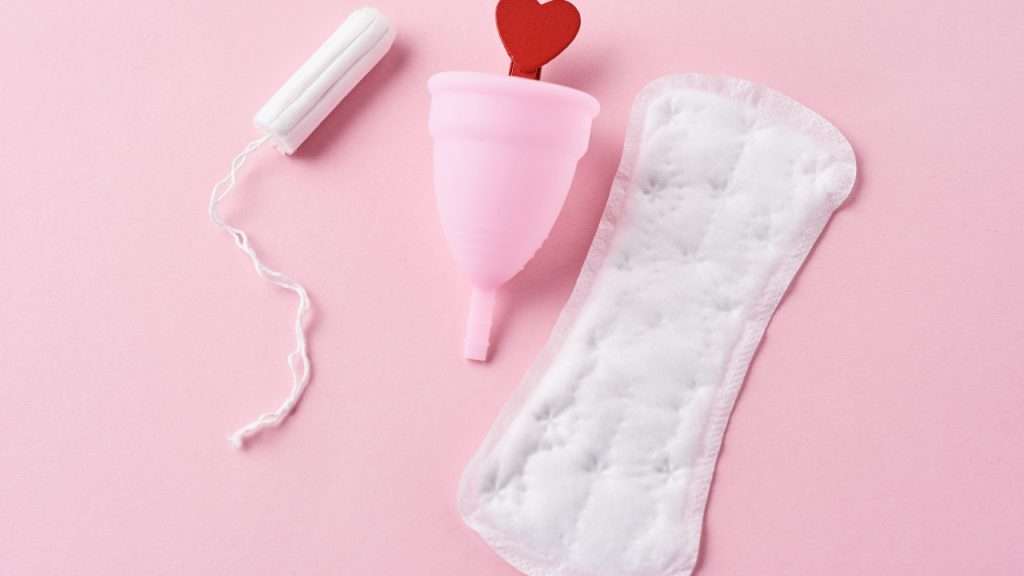Are menstrual cups better than sanitary pads? Are pads safer as compared to tampons? Are tampons safer than other disposable menstrual products? The debate around menstrual products always uncovers new facts and stats, and as we have gradually started moving towards an eco-friendly environment, we are becoming more concerned about the disposal of menstrual products.
While menstrual cups are a safer alternative to traditional sanitary pads, some might consider tampons a better solution to get through menstrual shedding. In this blog post, we have highlighted the purpose of menstrual cups, tampons, and pads individually and how these menstrual hygiene products are changing most women’s lives globally. Choosing the right menstrual product can be complicated especially if you have never used the alternatives. Keep reading this blog post to choose the menstrual product that ticks the right boxes for you.
Sanitary Pads

Starting with the most basic and commonly used sanitary pads, which are quite popular among those new girls who have just got their first periods. We, as millennials, were not too aware of the multiple menstrual products back in the 90s, so it was just a sanitary pad to use during the period days.
Although today we see other options working well towards women’s hygiene, a sanitary pad is still the most popular than others. With the help of sticky wings, a pad sticks to your underwear and absorbs the uterus shedding during those days. This is a disposable product; you must throw it away after using it once to save your vagina from capturing bacterial or fungal infections.
As stated earlier, the world is witnessing a positive shift in degrading waste, making the disposal of sanitary pads a massive wreck for the planet if not disposed of correctly. The synthetic fibers which are used in the composition of each pad take years to decompose and stay in the landfills for decades. Pads, which come in various lengths and absorbency levels, are frequently favored by women on days when their periods are light or when they might be spotting in between cycles. For further protection, some women use a tampon and a pad together.
While a sanitary pad has great absorbency, some of us might feel uncomfortable while doing certain activities, which might be due to pad rash or added fragrance. A woman of reproductive age uses an average of 5 to 6 pads in her cycle and claims that these napkins are greater for the ultra-fast absorption of menstrual shedding. However, if there is any leakage concern, there are other menstrual products to look up to, such as tampons or menstrual cups.
Tampons

Manufactured with greater absorbency of almost up to 10 to 18 grams of menstrual shedding, a tampon is a disposable menstrual hygiene product. After the launch of the very first tampon, the idea of providing women with a fast-absorbing menstrual product proliferated, which later gave rise to the menstrual cups. A tampon has a cylindrical shape with a string at its end. It is made with rayon or cotton and is inserted into the vagina with or without an applicator. Once the tampon reaches its vaginal position, it will be fixed and absorb the uterus shedding.
If placed correctly, it helps us do regular physical activities without discomfort. We can even enjoy swimming or anything, and due to the compact size of a tampon, it can be easily carried inside a tiny bag. Almost 20% of women in their perimenopause phase use a tampon to soak their uterus shedding due to its ease of disposing and comfort without letting you realize if you have worn a tampon.
Like a sanitary pad, the tampon is a disposable product that adds to the bulk of landfill waste. Another drawback of using a tampon is that since it is made with fibers, there are chances that it will leave some residues inside the vagina that might later lead to vaginal inflammation or infection. However, the manufacturing of a tampon ensures that there are lesser chances of such incidents happening.
Read more: Myths and Facts About Period Pain
Menstrual Cup

A menstrual cup is the most convenient menstrual product with better absorbency. This funnel-shaped cup is made with latex or silicone and is placed into the vagina without disturbing the vaginal pH. If you want to go pad-free during your periods (we know the discomfort of wearing pads for 6 to 7 days of your period’s cycle is real for many of us), a menstrual cup is there at your rescue.
Once inserted right into the vagina during periods, the silicone cup collects the uterus shedding, and since it is manufactured according to medical standards, it does not affect your vaginal skin or cause discomfort.
We understand splurging on pads and tampons every month can be tricky. Considering the amount of disposable waste that is increasing gradually, using these menstrual products is not eco-friendly. It advocates using a menstrual cup as you may re-use it any number of times just after washing and sterilizing it. You can even use it for up to 10 years, which makes it a perfect women’s hygiene product that is not harmful to the planet.
A menstrual cup has the capacity to absorb menstrual shedding for up to 10 hours, after which you take it out from the vagina, empty it, wash it, and insert it back. Once your period’s cycle is completed, simply sterilize the cup and store it for later use.
For first-timers, it can be really tricky to learn to place a menstrual cup, and also it might feel slightly uncomfortable to put something inside the vagina, especially for teenagers who have just got their first periods. But with a few days of practice and learning, you are ready to embrace your period cycle with the eco-friendly and 100% safe menstrual cup. Do whatever you want, get into swimming, hiking or climbing, or anything that relaxes your mind during your menstruation days, and let the cup do its job inside the vagina.
Quick Read: Awful Period Problems: Should I Think about a Hysterectomy?
Menstrual cup, tampon & pads – which is better?

While talking about women’s hygiene during menstruation, it’s not only about picking the product that has better functionality than others, but it also involves the comfort level of the menstruating woman. How we feel about our bodies and how we perceive menstruation products is what makes the real difference.
However, from the comfort point of view, we have loved medically-graded silicone-made menstrual cup that has received positive reviews during the past few years. Although a menstrual cup was invented years ago, its popularity accelerated after the concept of reusability took over. Although the leakage-free rate is almost the same in all menstrual hygiene products, there is still this urge not to get bound by wearing underwear during period days. Also, since a menstrual cup is made with medically-safe silicone, it does not irritate your skin or interrupt the vaginal flora. Being reusable and eco-friendly are just some other added bonuses.
If you are using a sanitary pad or a tampon and are feeling comfortable with your choice, go ahead and enjoy your cycle as much as you can. For the users of menstrual cups, you have decided to get into this routine of feeling comfortable, refreshed, and relaxed even during heavy-flowing days without feeling as if you have worn the cup.
Wrap up
Looking at the level of comfort provided by the menstrual products, it is different for different women. Some feel safer with a sanitary pad, while a tampon is a real comfort for some. Since the menstrual cup has gained popularity, almost 70% of people who have used it are satisfied with its performance. Whatever product you choose, it’s only about satisfying the comfort level. Rash-free, leak-free, and comfortable menstrual experiences are what are strive for.

0 comments